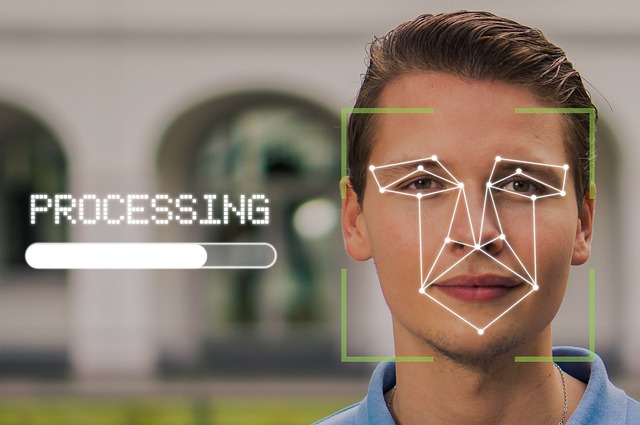
The Future of Biometric Identification in IT Security: Enhancing Informational Technology
The Future of Biometric Identification in IT Security
In a world where technology evolves at breakneck speed, the emergence of biometric identification systems is reshaping the landscape of IT security. As cyber threats become more sophisticated, organizations are turning to biometrics as a reliable solution to bolster their defense mechanisms.
Imagine a workplace where your access to sensitive information is no longer reliant on passwords, which can easily be forgotten or compromised. Instead, you simply present your fingerprint, iris, or facial features, and access is granted seamlessly. This is not science fiction; it’s the reality brought forth by advancements in biometric technology.
The Relevance of Biometric Identification
When considering the realm of informational technology, the benefits of biometric identification are manifold. One of the primary advantages is enhanced security. Traditional passwords can be guessed, stolen, or hacked, leaving organizations vulnerable. In contrast, biometric data is unique to each individual—something that is inherently difficult to replicate.
Moreover, biometric identification systems are designed for user convenience. Gone are the days of remembering complex passwords or undergoing lengthy authentication processes. With just a quick scan of a fingerprint or a glance at a camera, users can secure their access to critical IT resources efficiently and effectively. This streamlined approach not only improves user experience but also increases productivity in a fast-paced work environment.
Integration with Emerging Technologies
As the Internet of Things (IoT) and artificial intelligence (AI) become more prevalent, integrating biometric identification into these systems presents exciting avenues for innovation. Consider smart devices that can authenticate users biometrically, providing an added layer of protection against unauthorized access. As AI learns to recognize biometric patterns, we can expect even more sophisticated methods of identification that adapt to user behaviors over time.
Privacy and Ethical Considerations
However, the rise of biometric identification is not without its challenges. The collection and storage of biometric data raise important privacy concerns that must be addressed. Organizations need to implement strict data protection measures to ensure that sensitive biometric information is not misused or compromised. Transparency, consent, and ethical handling of biometric data are crucial elements that must be woven into the fabric of any biometric identification system.
The Path Forward
The future of biometric identification in IT security looks promising. As technological advancements continue to emerge, we can expect even more effective solutions that will fortify our defenses against cyber threats. For organizations looking to enhance their security posture, embracing biometric technology may not only be a wise decision but also a critical one in navigating the complexities of modern IT landscapes.



